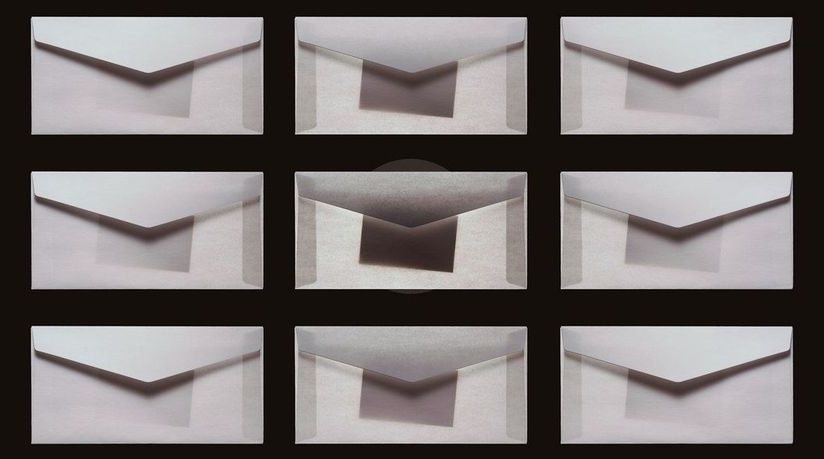Even in this experiment, though, the “psychology” of the algorithm in decision-making is counter-intuitive. For example, in the basketball case, the most important factor in making the decision was actually the player’s jerseys rather than the basketball.
Can You Explain What You Don’t Understand?
While it may seem trivial, the conflict here is a fundamental one in approaches to artificial intelligence. Namely, how far can you get with mere statistical associations between huge sets of data, and how much do you need to introduce abstract concepts for real intelligence to arise?








